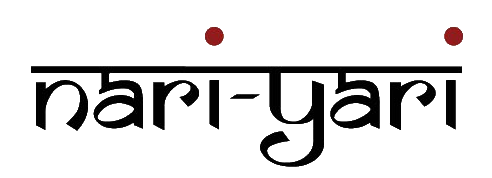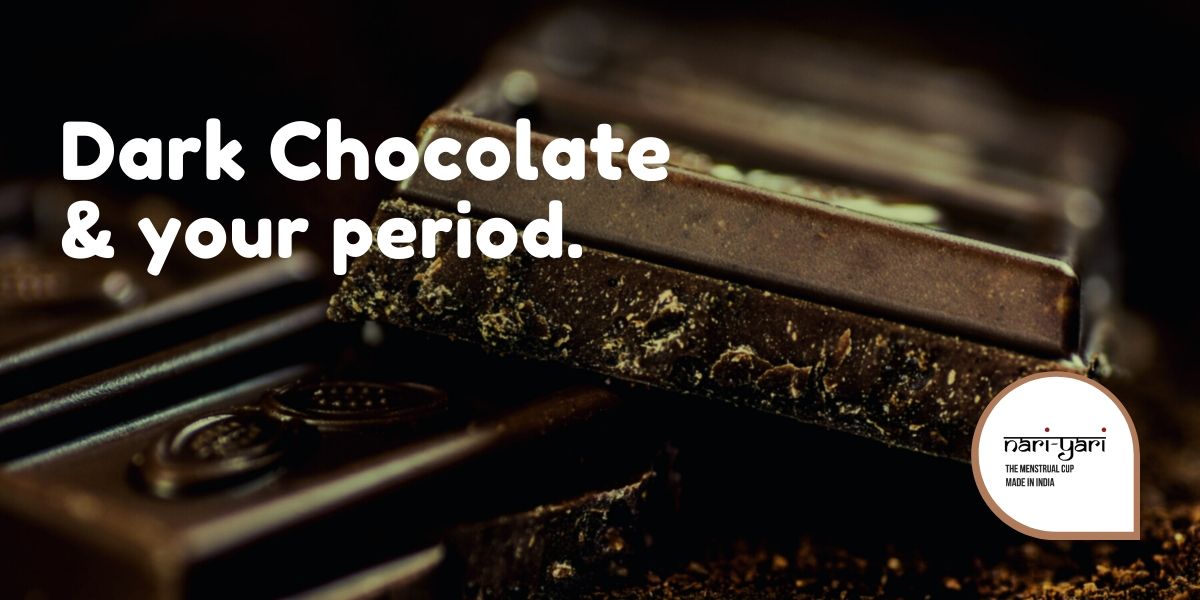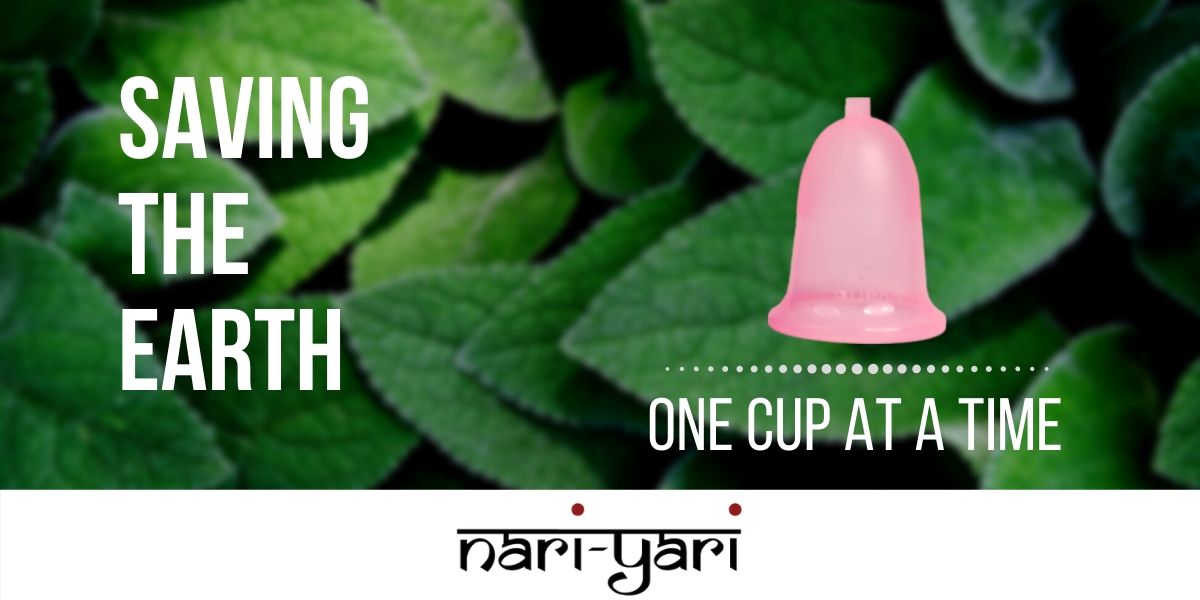Dark Chocolate & your period.
We’ve all been on that slippery slope during our PMS right into our periods – the one where cravings grab us by the throat and refuse to let go. We resist, we falter, we indulge and then we end up feeling worse than how we started out.
Why chocolate? Don’t get us wrong, we aren’t taking away from the power of a big creamy, rich, flavorful bar of chocolate, but have you ever thought about why we reach for it? Our bodies demand calcium when our periods approach. We also feel energy flagging, which leads to another body demand, this time for carbs and sugar. And so we find ourselves reaching for the first package that contains all 3 – chocolate!
Sadly, regular chocolate contains theobromine, a stimulant that can worsen pain and discomfort once the “happy” from the chocolate wears off. And so, we hunt for a substitute, and hit on dark chocolate. The really dark variety – 75% or darker! Why?
1) It has potassium, magnesium AND iron – A triple whammy right there that soothes our bodies. The body tends to be low on iron during the period, making us tire quicker. A lack of potassium can lead to more painful cramps. A nice bar of dark chocolate leaves you with more iron in the bloodstream, more potassium (thus, relaxed muscles) and more magnesium (an excellent muscle relaxant!)
2) Mood enhancer – Chocolate encourages our brain to release happy hormones – endorphins. These endorphins cheerfully swim through our blood and “up” our mood by several notches. Additionally, endorphins reduce pain perception, so you could notice that you’ve given yourself a less painful period as well!
3) The Alphas and the Omegas – Sounds like Greek, if not Latin? (Pun intended!). See, the reason dark chocolate is an alpha period snack is because it contains Omega-3 and Omega-6 fatty acids. A deficiency of either in the blood results in tiredness, period blues, painful periods and more. Luckily, dark chocolate gives you a boost there!
4) Caffeine – Here’s the good news for women who can’t function without their coffee! While a regular intake of caffeine can increase pain on “those days”, you can still give your body the shot it craves with dark chocolate. An instant energy booster, it clears your brain and kick starts your day.
Are you glancing moodily at your calendar, watching the advent of your next period? Grab a big, bad bar of dark chocolate and soothe the blues away!




